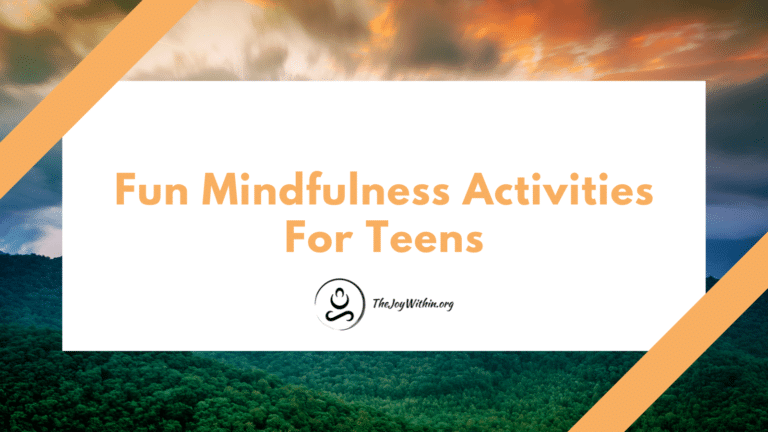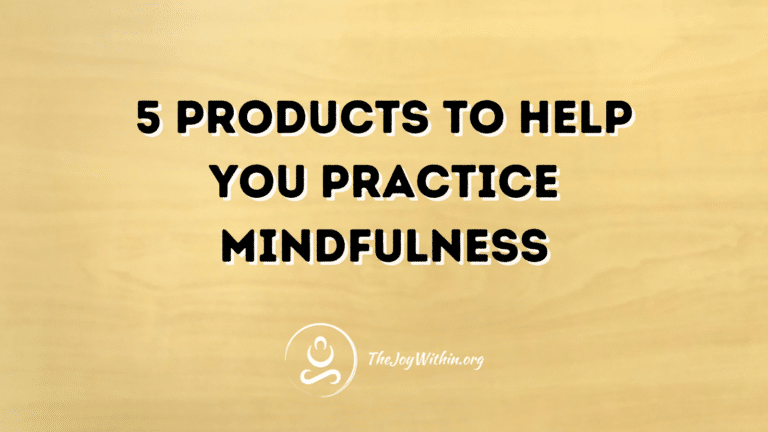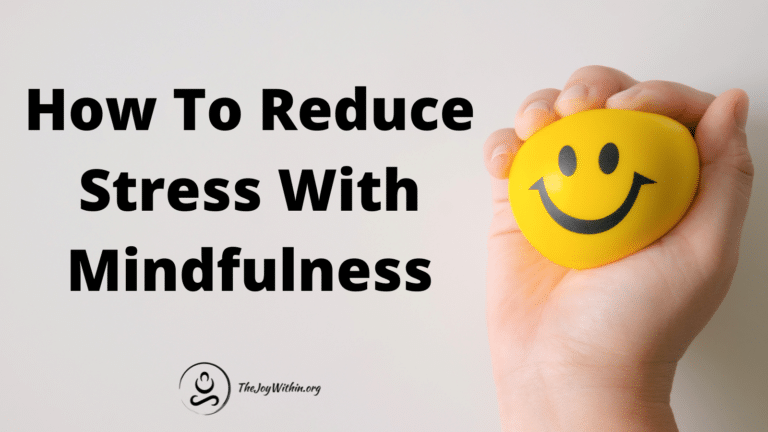Mindfulness is a powerful practice that allows you to become more aware of your natural energy, increase your capacity for joy, and develop a heightened awareness of both your current environment and your inner sense of Self.
One of the core practices of mindfulness centers around your relationship with each of your five sense. So, in this post I want to share a few of my favorite mindfulness exercises for the five sense, with examples of how you can use them to increase your awareness.
For more information, you can learn more about mindfulness here, or browse our complete list of mindfulness exercises.
Activites to Become Mindful of Your Sense Perceptions
There are two main ways you can work with your sense perceptions in order to become more mindful. The first is to practice isolating your different perceptions, to focus your awareness on one sensory experience at a time. The other is to play with combining an awareness of different senses in order to increase your overall feeling presence.
In this post we’ll go through a few activities that take the first approach, helping you to hone your focus on one sense perception at a time.
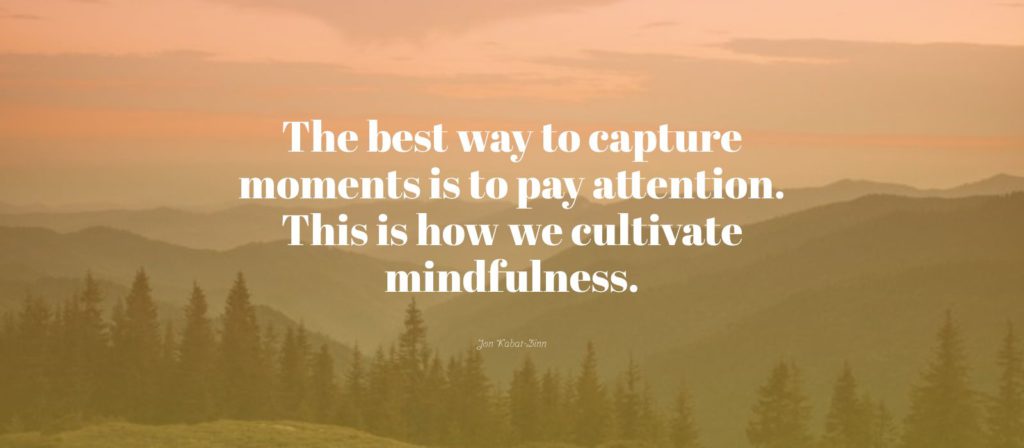
Sense of Sight
To begin, close your eyes. Take a moment to feel into your breath, and center your awareness internally.
Then, open your eyes, and begin to look around you. Take a few moments to cast your eyes lightly over your entire environment, and then allow your gaze to focus in on one area. Do not attempt to ‘stare’ at any one point, simply let your eyes rest where they feel comfortable.
Now, with your eyes fixed loosely, begin to notice what you see. For the restricted area on which you are gazing, try to become aware of more details than you may have noticed on your first, casual glance around you. As you continue to gaze in that direction, notice if more and more details become available to you.
For example, perhaps when you opened your eyes you quickly noticed a tree in front of you. You probably saw the tree, and, without realizing, looked beyond it, to find what else was there. You probably did not truly appreciate the tree.
As you gaze at it, however, you become more aware of the details of it. The branches begin to gain definition. The colors of the leaves grow clearer. Maybe you notice animals in the tree, or you become fascinated by the texture of its bark. As you gaze, the tree itself become more vibrant, more alive, and more interesting.
You can apply this exercise to any object in your environment.
Sense of Sound
For this exercise, you should take 5-10 minutes to sit quietly in meditation with your eyes closed. For the first few moments, simply begin to calm your mind and draw your attention inward, quieting your thoughts.
Then, allow your thoughts to pass to the sounds in your enviornment.
Most of the time, we do not notice many of the sounds that surround us. We are aware of the ‘obvious’ sounds: the sound of someone talking, a dog barking, or other disturbances.
But, there are many layers of sound, many of which we routinely ignore or discard without any conscious thought.
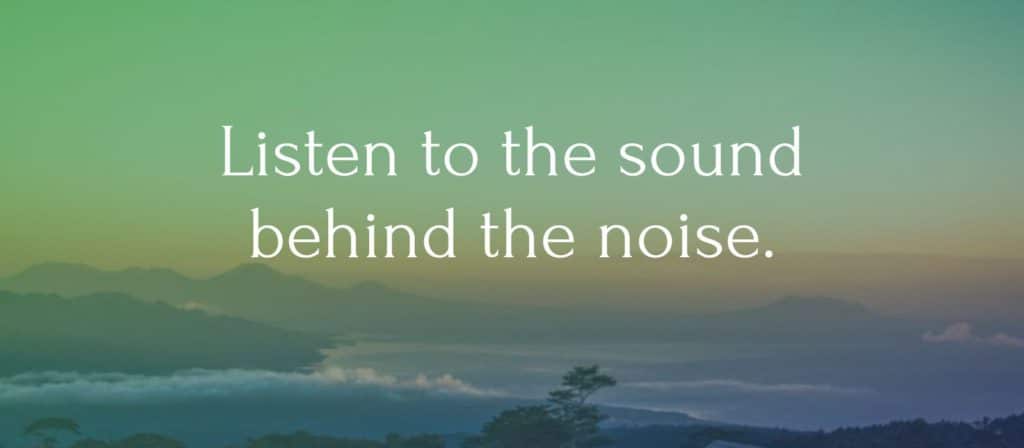
For example, can you hear any sounds from outside that are so present you normally ignore them? This might include a bird chirping out the window, or the sound of a passing car.
Try not to judge any of these sounds. A bird’s chirp is no ‘better’ or ‘worse’ than the traffic outside. The sound simply is.
Then, try ot move a layer deeper. There is often a soft hum in buildings, from a refrigerator, a radiator, or other devices.
Notice these sounds, and move deeper still.
Can you hear the sound of the universe itself?
Rest into this space for several minutes, continuing to explore as many sounds as you can hear. Observing each without judgment.


